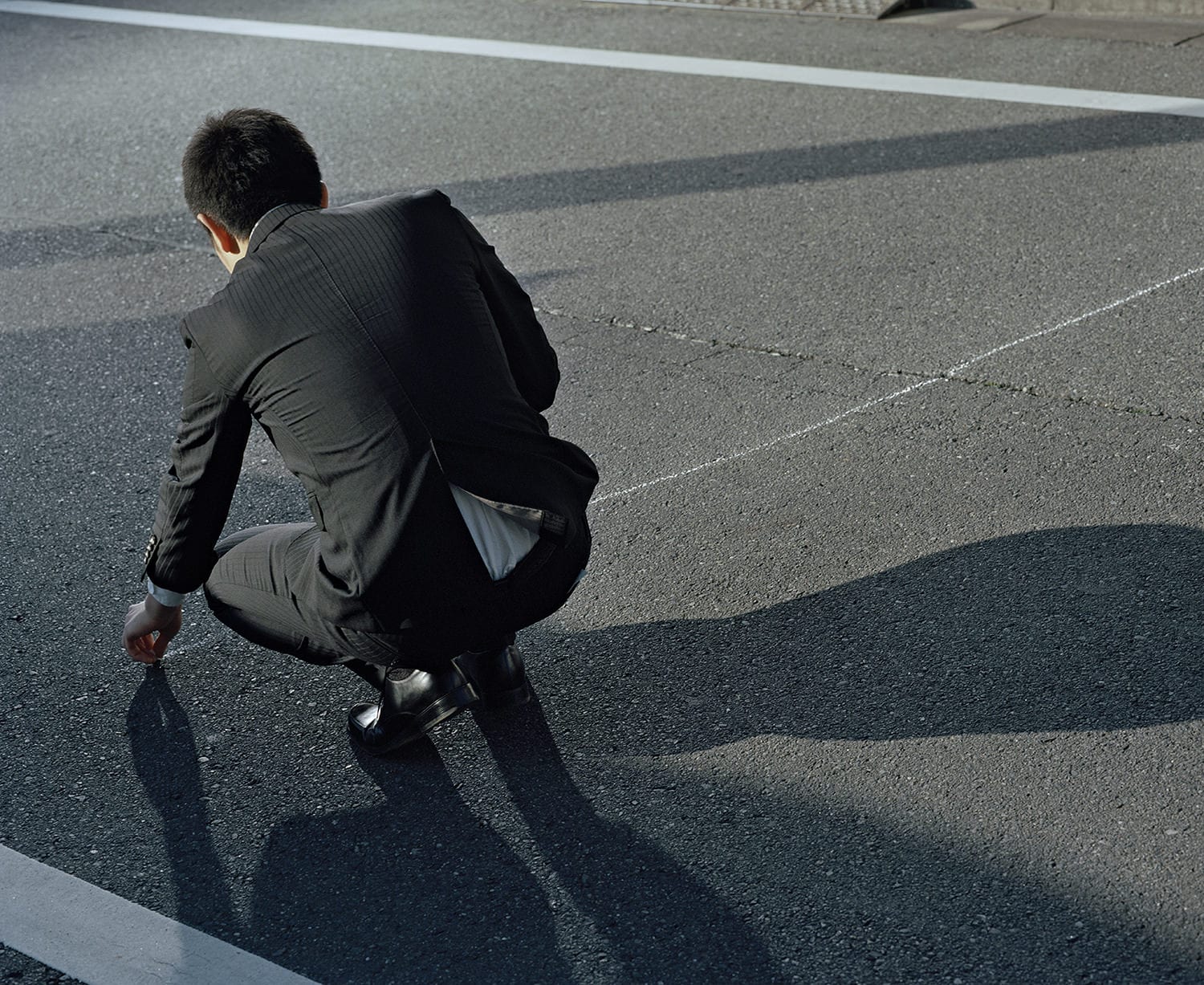Our March workshop explores photography and the art market, where participants will learn about approaching galleries and exhibiting work, print sales and editioning, exhibition licensing and design, national collections and programming across national institutions. Speakers include: Max Pinckers (Magnum photographer), Shoair Mavlian (Assistant Curator, Tate Modern), Chris Littlewood (Photography Director, Flowers Gallery), and Sophie Wright (Global Cultural Director, Magnum Photos).
For emerging photographers, entering the art market can be a daunting prospect – creating relationships with galleries, learning the best ways to exhibit your work and finding out how to sell your images are all crucial. At our upcoming workshop, speakers such as Tate’s Shoair Mavlian will help photographers learn more about all aspects of a detailed process. “often it is the quieter works which pull you in and take you on a journey that are most memorable. A great exhibition gets all the key things right: concept, selection of images, printing, installation etc.,” says Mavlian. “There are so many things to think about and it is the small details that make something stand out.”
For photographers, knowing when a series of work is ready to exhibit can be tough to gauge. As Magnum photographer Max Pinckers tells us, the clearer definitions of a photobook can provide a rough guide. “I usually consider a series finished and ready to be exhibited when it has been published – it always remains the same and every decision has been made before going to print. An exhibition is always different, depending on the space, collaborations, budgets and so on.”

Perhaps one of the most rewarding aspects of having your work exhibited is the opportunity to work with respected curators, who can elevate the photographer’s work from a series of images hung on a wall to a fully realised, immersive exhibition.
As assistant curator at Tate Modern, Mavlian is uniquely positioned to speak about the way a globally-recognised national institution works with artists and as she tells me, this relationship can be equally stimulating for the curator. “It is always exciting to work directly with an artists, to start with an amazing series and work together to present it in the best way possible. It’s a constant negotiation between creative ideas and practicalities which all factor into the end result.”
The curator’s more objective position is perhaps the most important benefit, helping artists winnow work down to its essence, Mavlian explains. “The most important benefit of working with a curator is a certain level of distance from the work that artists sometimes do not have and therefore they are able to edit and select in a more objective way.”
“A GREAT EXHIBITION GETS ALL THE KEY THINGS RIGHT: CONCEPT, SELECTION OF IMAGES, PRINTING, INSTALLATION… THERE ARE SO MANY THINGS TO THINK ABOUT AND IT IS THE SMALL DETAILS THAT MAKE SOMETHING STAND OUT.”
This is echoed by Pinckers, who enjoys the process of working with curators to flesh out themes and ideas. “In group shows it can sometimes be difficult to distance yourself from your own work and look for the right combinations with other artists and create new ideas,” says the Belgian, who became a Magnum nominee last year. “Some curators have incredible insight in accrochage, such as Hans Theys, who taught me a lot about how the height and placement of an object in a space can conceptually enforce the work.”
As Photography Director at London’s Flowers Gallery, Chris Littlewood is well-placed to speak to photographers about working with commercial galleries. Since 2008, the gallery has had a space dedicated to photography and when interviewed last year at Amsterdam’s Unseen Photo Fair, he offered a insight into the thought processes behind the decisions of commercial galleries.
“Whilst [photo fairs] are an opportunity to introduce a wider audience to non-traditional forms of photography, the focus for the galleries is to strike a balance between this and commercial success. The selection process inevitably involves a mixture of intuition with more calculated strategies.”
To learn more about exhibiting, licensing and selling your work and have your work examined by leading industry figures from Magnum Photos, Tate Modern and Flowers Gallery, book your place at our workshop with Magnum Photos. Photography and the Art Market, Sat 12 & Sun 13 March 2016.
